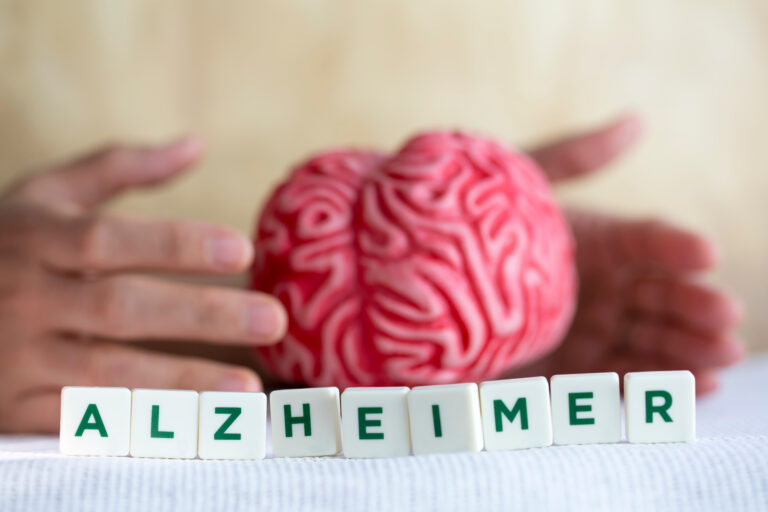Dementia is a condition that affects millions of people worldwide, and it is characterized by a decline in memory, thinking, behavior, and the ability to perform daily activities. As the disease progresses, individuals with dementia may have difficulty communicating, especially with non-verbal patients. In this article, we will discuss some strategies for connecting with non-verbal patients with dementia.
The Importance of Communication
Communication is an essential part of human interaction. It allows us to express our thoughts, emotions, and needs, and to understand those of others. For individuals with dementia, communication becomes increasingly challenging as the disease progresses and affects their ability to speak, understand, and express themselves. This can lead to feelings of frustration, isolation, and even aggression. Therefore, finding alternative ways to communicate with non-verbal patients with dementia is crucial for maintaining their well-being and quality of life.
Understanding Non-Verbal Communication
Non-verbal communication refers to any form of communication that does not involve words, such as body language, facial expressions, and gestures. It is a vital part of communication, as it adds meaning and emotion to verbal communication. For individuals with dementia, non-verbal communication may become their primary means of expressing themselves as their verbal skills decline.
Tips for Connecting with Non-Verbal Patients
1. Use Eye Contact and Facial Expressions
When interacting with non-verbal patients with dementia, eye contact and facial expressions can make a significant difference. They can convey warmth, understanding, and empathy even without words. Be sure to maintain eye contact and use positive facial expressions such as smiling to show that you are engaged and actively listening.
2. Use Touch
Touch is a powerful form of non-verbal communication that can help establish a connection with non-verbal patients with dementia. It can be as simple as holding their hand or giving a gentle pat on the back to show care and support. However, it is important to always ask for consent before touching someone, as some individuals with dementia may have sensory issues and may not feel comfortable with physical contact.
3. Use Simple and Familiar Words
When speaking to non-verbal patients with dementia, use simple and familiar words. Avoid using abstract or complex language as it may be confusing or overwhelming for them. Stick to short sentences and repeat key points to help them understand and retain information.
4. Pay Attention to Body Language
Body language can convey a lot about a person’s emotions and needs. When communicating with non-verbal patients with dementia, pay attention to their body language, as it can provide valuable clues about how they are feeling. For example, crossed arms may indicate defensiveness or discomfort, while a smile may indicate happiness or contentment.
5. Use Visual Aids
Visual aids such as pictures, photographs, or objects can be helpful in communicating with non-verbal patients with dementia. These visual cues can assist in understanding and conveying information, especially for individuals who have difficulty with verbal communication. For example, you can use a picture of a glass of water to indicate that the patient is thirsty.
6. Engage in Activities
Engaging in activities can be an excellent way to connect with non-verbal patients with dementia. Simple tasks such as folding laundry, watering plants, or listening to music can help stimulate their senses and provide a sense of purpose. It also allows for non-verbal communication through gestures and body language.
7. Be Patient and Respectful
Communication with non-verbal patients with dementia requires patience and understanding. It may take some time for them to process information and respond. Avoid rushing them or finishing their sentences, as this may make them feel frustrated or ignored. Be respectful and give them the time they need to communicate in their own way.
In Conclusion
Communicating with non-verbal patients with dementia can be challenging, but it is not impossible. By using these strategies and being patient and understanding, you can establish a meaningful connection with them and improve their quality of life. Remember to always treat them with respect and dignity, and focus on creating a calm and positive environment for effective communication.





